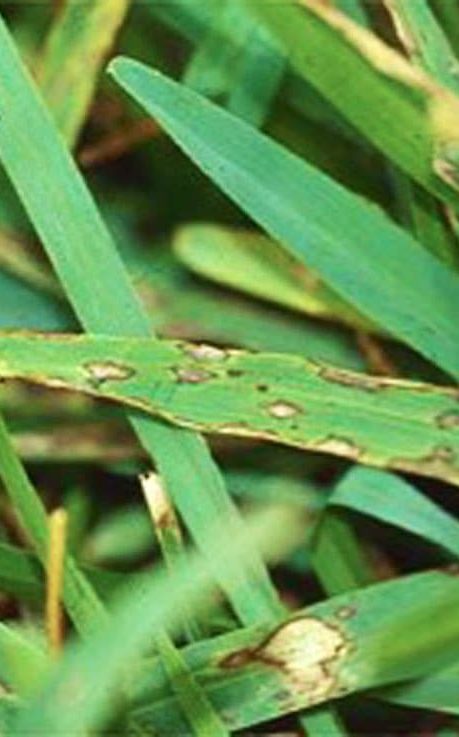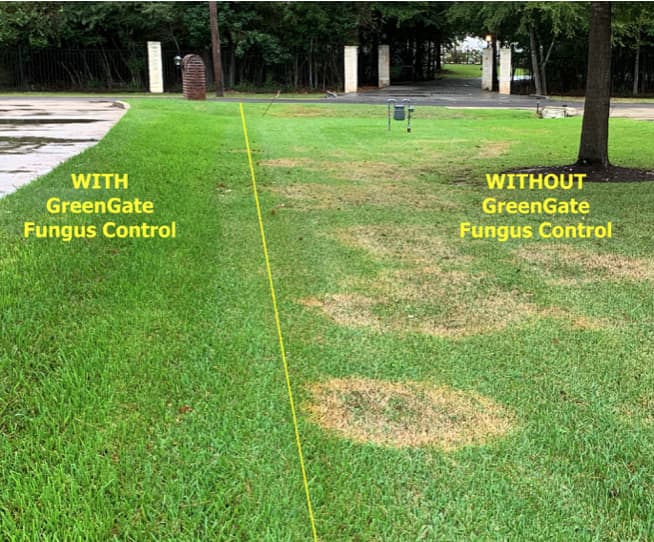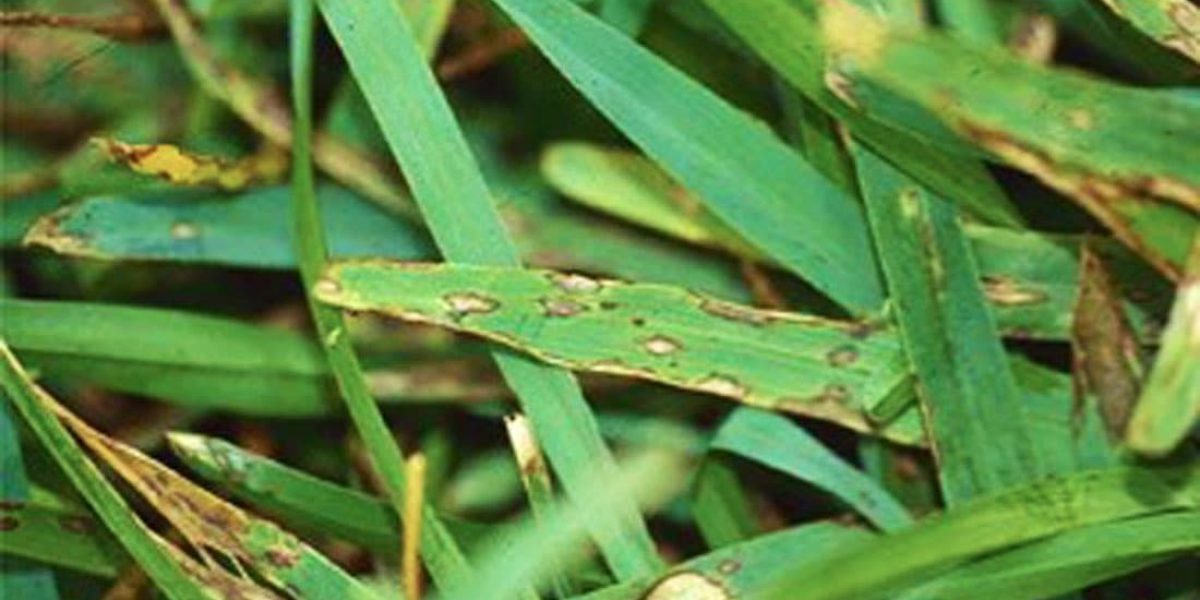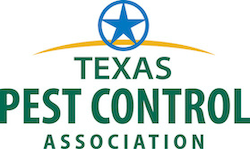Controlling Lawn Fungus and Disease
Benjamin Franklin once said, “An ounce of prevention is worth a pound of cure.” This was in reference to fire safety but the sentiment can be applied to many things, including the health of your lawn. By focusing on fungus management and prevention control, rather than reacting to lawn fungus and disease after it happens, you will save yourself time and money and the disappointment that comes with walking out to see your beautiful lawn has been taken over by an ugly fungus!
Truth be told, NO ONE can prevent all fungus- so do not let anyone tell you otherwise. The reason for this lies under your turf. The fungi spores responsible for lawn fungus disease are ever-present under your grass, lying dormant typically in the thatch layer- Just waiting for the ideal conditions to come along so they can stretch out. Houston is hot and wet, which is a favorable condition for lawn disease growth.
With that said, Lawn Fungus and Disease are bound to be an issue for your lawn at some point, and that’s ok! There are reactive steps you can take with your lawn care to tackle these unsightly diseases but being proactive in preventing them is still important and will do you, your wallet, and your lawn the most good.
Tips to Avoid Lawn Fungus and Disease
- Watering should be done 2-3 times per week during the peak summer heat, (or more if your lawn is extremely dry) and done in the early morning hours. This provides ample time for the water to penetrate the soil before evaporating during the heat of the day. It also allows the grass/thatch to dry out before cooler evenings set in.
- Remember that our soils can only absorb about 1/4” of water per hour.
- Regularly cut your lawn, not allowing the grass to exceed 3-3.5” inches in length. If it becomes too tall, the blades will start to flop over, causing the blades to capture the moisture, encouraging fungal diseases.
- Check your lawnmower blade for sharpness. A dull blade will tear the grass blades, allowing the fungus to be picked up on the frayed tips and spread to other areas of your lawn. Keeping the mower blade sharp will also help in the prevention of leaf spots.
- If you have an abundance of mature trees, be sure to rake the lawn thoroughly in late spring and early fall, concentrating on the affected areas.
Click to see our fungus program
Common Types of Fungus
Below you will find two common lawn fungus diseases in The Woodlands, Spring, Cypress, Sugar Land, Missouri City, and Katy areas
Brown patch and grey leaf spot are a few of the fungal lawn diseases that commonly affect our local turf grasses in the Houston area. While mostly seen in St. Augustine and Bermuda grasses, they can attack any type of sod, Zoysia included.
ALL lawns have these fungi spores lying dormant, so with the ideal conditions, they can become active. With a few prevention control methods and treatment techniques, you can free your lawn from brown patch and grey leaf spot this season.
Fungus Development
Most lawn diseases like to attack during humid, moist weather when dewy or wet periods last 8+ hours. It can appear overnight and develops most severely when we start having cool evenings and warm days, making the summer/fall seasonal transition the perfect time to spread out.
Brown Patch & Grey Leaf Spot

Brown Patch is caused by a fungus called Rhizoctonia. Initially, brown patch looks as though there are large water stains on your lawn. These ‘stains’ or patches, are circular in shape like a donut and generally have a yellowish-tan color. Sometimes they will have a darker ring around the edges, indicating the fungus is alive and well and ready to continue its takeover. If left untreated, brown patch can quickly spread throughout your lawn- with patches growing to several yards wide! We mostly see this along fence lines between neighbors’ homes, low spots in the yard, and in front of downspouts draining water from the roof of the home.
Grey Leaf Spot is caused by a fungus called pyricularia grisea. Grey spot is most active during warm, wet times of the year. Initially, grey leaf spot appears as yellowish lesions (spots) on grass blades that can easily be overlooked. Given time to spread and grow under the right conditions, the lesions will enlarge, start growing upward and take on a brown color. It’s not uncommon to see your grass blades start to wither and die as the pathogen progresses. When favorable conditions are present (hot days and cool nights), the disease will spread quickly, leaving large areas of your lawn looking scorched.
Lawn Fungus Treatment

A minor instance of fungus is completely normal and can be seen on most lawns at some point or another. However, bigger instances of the disease need your attention asap since they can quickly take over your lawn. If you take action in time, there are many effective treatments and methods that can be used to treat and control it since lawn fungus can be such a common occurrence. A biological agent focusing on recycling the thatch layer is a wonderful preventative and will provide lasting positive effects for your turf.
Remember, Water your grass in the early morning hours so there is ample drying time throughout the day. Avoid overwatering- you always want to err on the side of a dryer lawn since lawn fungus disease thrives in excess moisture. Most damage that we observe in lawns is from overwatering.
Aerating your lawn in the spring & fall is another strategy for preventing fungus. (Aeration will help water and nutrients evenly permeate the soil)
At GreenGate Turf & Pest, we use only the best fungus prevention products available. GreenGates guaranteed 3 Step Fungus maintenance program is a cost-effective way to prevent expensive fungus damage to your turf. Minor instances of fungus are very common, but without the proper maintenance, a small outbreak can take over large portions of the turf. With our maintenance program, minor outbreaks stay that way. Our program includes Gray Spot, Brown Patch, Take All Patch, and other common fungi.








